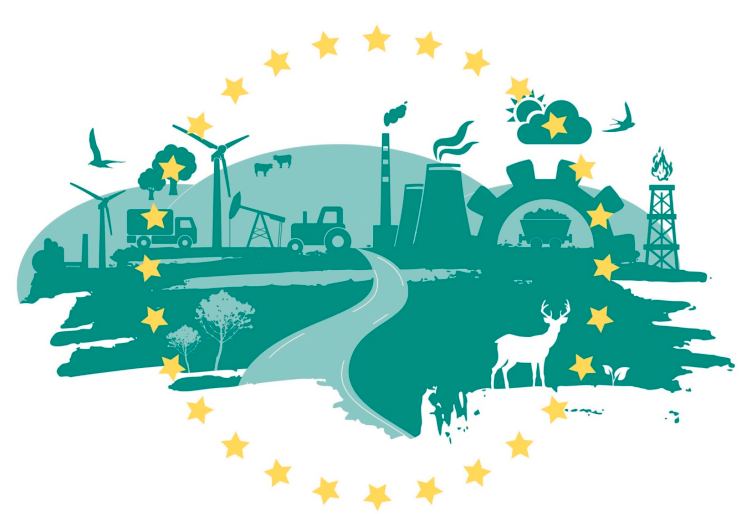The Clean Technology Centre has carried out a small research project for the EPA on Best Practices from the Environmental Implementation Review 2019 across the EU 28 Countries.
This research aimed to distil out the best practices from the 2019 European Commission 28-Country EU Environmental Implementation Review (EIR).
The final report of this CTC study includes the “Examples of Good Practice” examples highlighted in the Commission reports, together with some additional good examples of best practice, as selected by the author from within the main body of the EIR reports. Where necessary, this has been supplemented with additional information from country sources in order to get a sense as to what each activity entails.
Some of the most exciting areas of innovation that are emerging include in the areas of climate action and air quality (often both related), as well as in the areas of nature protection and green infrastructure. In relation to climate, for example, Denmark is aiming for a share of renewable electricity above 100% of consumption and no new petrol or diesel cars from 2030, or hybrids from 2035; Austria is developing renewable energy storage, abolishing subsidies that run counter to climate targets, and enabling household participation in energy supply; and the Dutch civil service pension fund reducing portfolio emissions by 7 million tonnes.
Sustainable consumption is another area with some innovative actions including an aim to reduce resource use and consumption by 30% of GDP in France and a national programme for sustainable consumption in Germany. Some countries feature strongly in terms of the circular economy, most often in the mature Member States.
Nature protection measures feature strongly, and there are also some good measures for green infrastructure being reported.
In general, lessons for others from those Member States that are advanced in areas such as climate action, the circular economy, and so on include the significant amount of resources committed to such and the mainstreaming of such significant environmental issues into government policies and programmes. In addition, the innovative use of existing EU funds also stands out for some Member States.
In terms of environmental taxation, it is interesting to note that some Member States are more progressive than others, and that this doesn’t always fall according to older versus newer MSs.
For example, both Estonia and Latvia are noted for their progressive, relatively high environmental taxes. This can act as a message for some of the older States.
In relation to the UN Sustainable Development Goals, there is a diversity of best practice responses in terms of how Member States are incorporating the SDGs into policy action, which would appear to be reflective of the different levels of ambition of the individual countries.
In terms of citizens engagement, all countries show a very strong agreement that an individual can play a role in protecting the environment (ranging from 73% to 97%), and this has either risen or stayed the same for well over two thirds of Member States since the last such Eurobarometer figures.
The report is structured in sections, as follows:
Section A: Selected good practice highlights
- 65 selected highlights of good practice identified from those listed in Section B, and detailed in Section C.
Section B: List of good practice activities by theme
- Following the themes and titles used in the Commission documents, the relevant best practice activities for each Member State are listed. This includes the best practice activities identified by the authors of the Commission’s EIRs, as well as additional best practices identified by the author of this report.
Section C: Detailed report on good practice activities
- A more in-depth review on a country-by-country basis. Highlighted ‘good practice’ activities and initiatives are briefly described. For each country, this starts with those highlighted by the Commission (usually two or three points), and where relevant, then include additional best practices highlighted by the author of this report.

